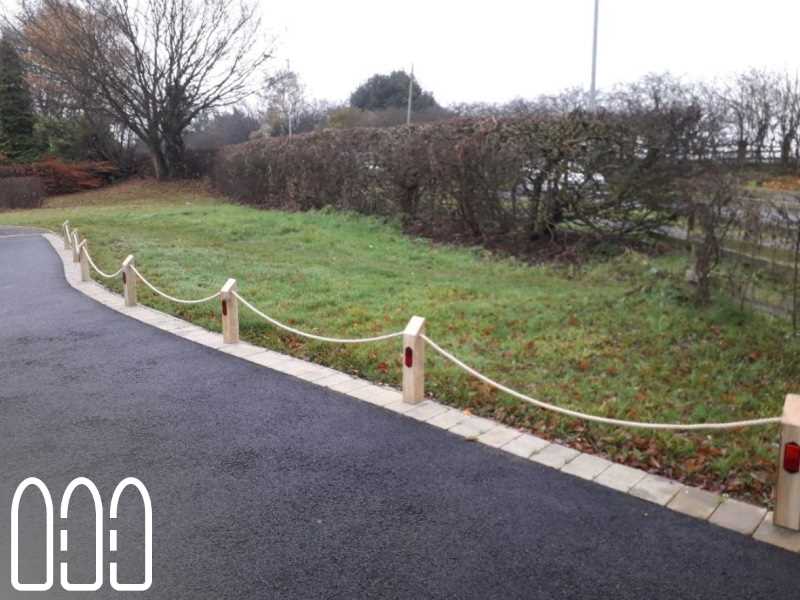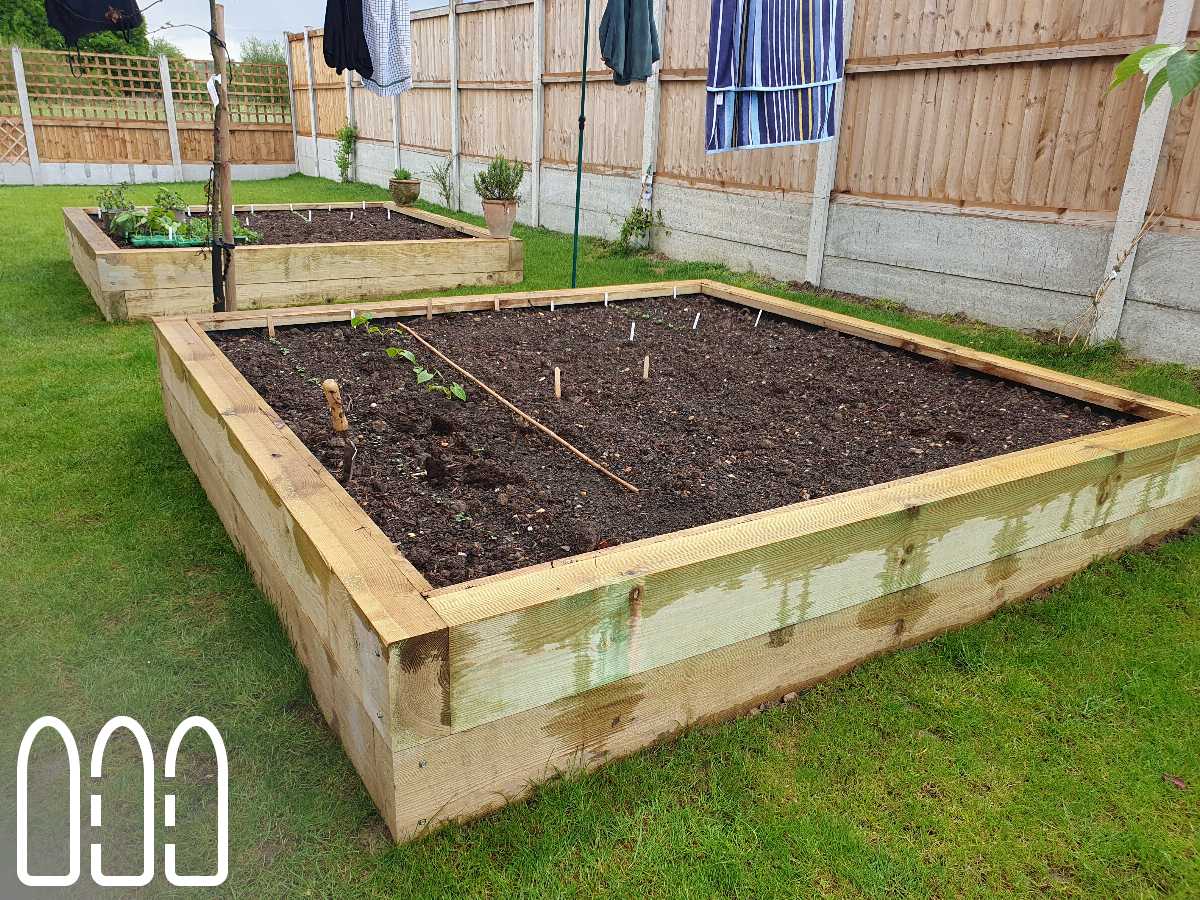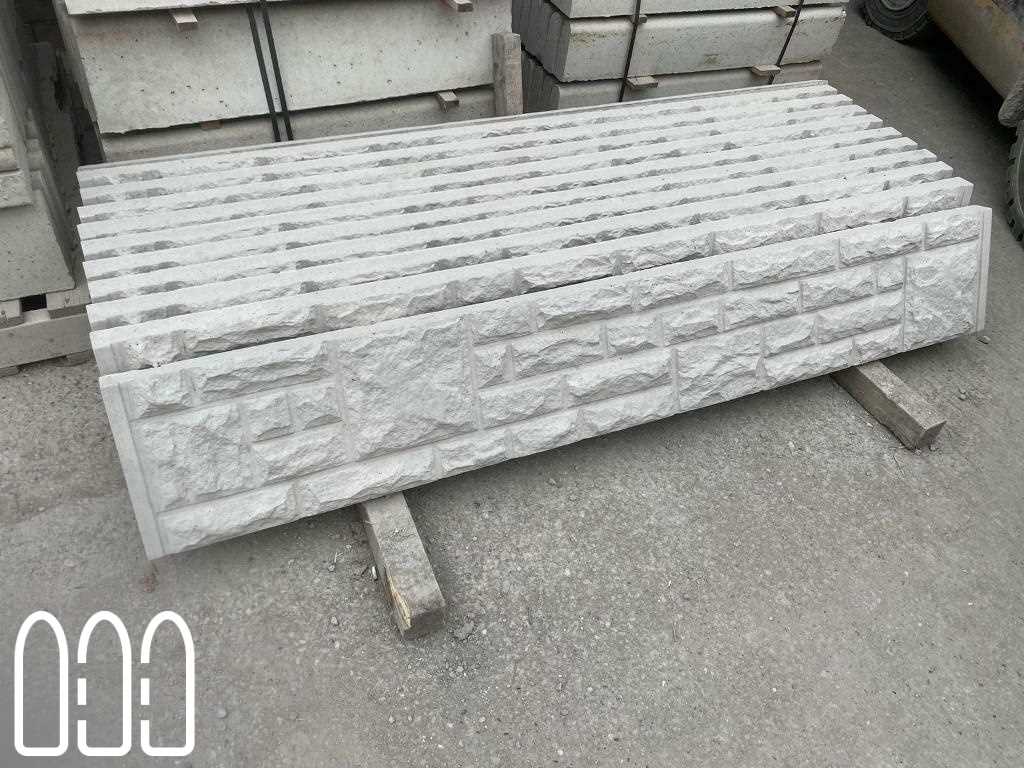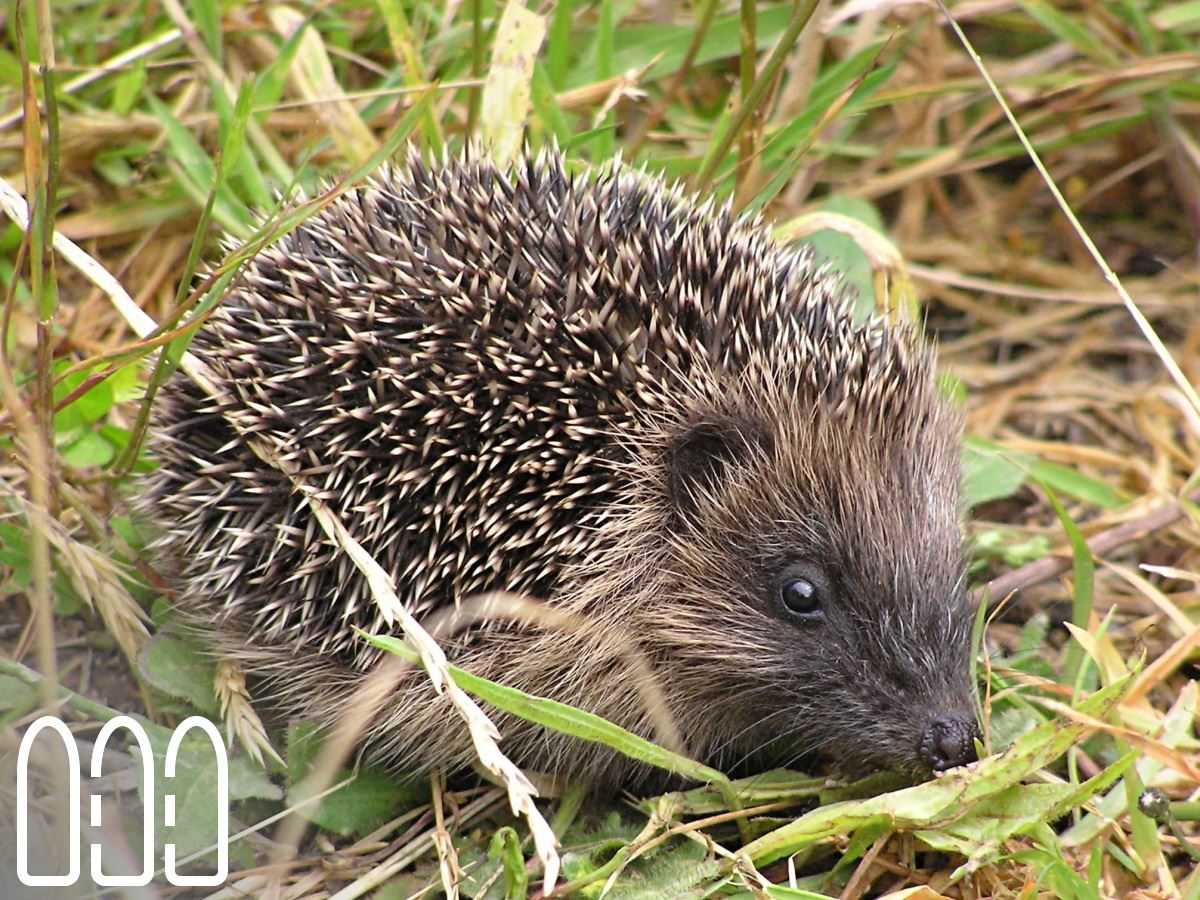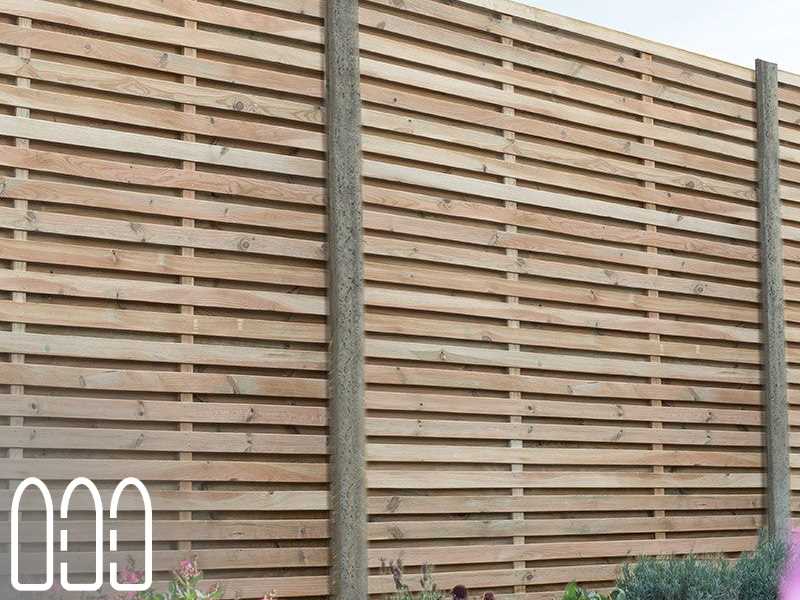
A brief explanation of some of the different types of fence available, how they're made and the pros and cons of each.
Concrete Posts and Gravel Boards
Concrete posts and gravel are usually the most expensive option but they do last very well and it allows easy replacement of the panels in the future.
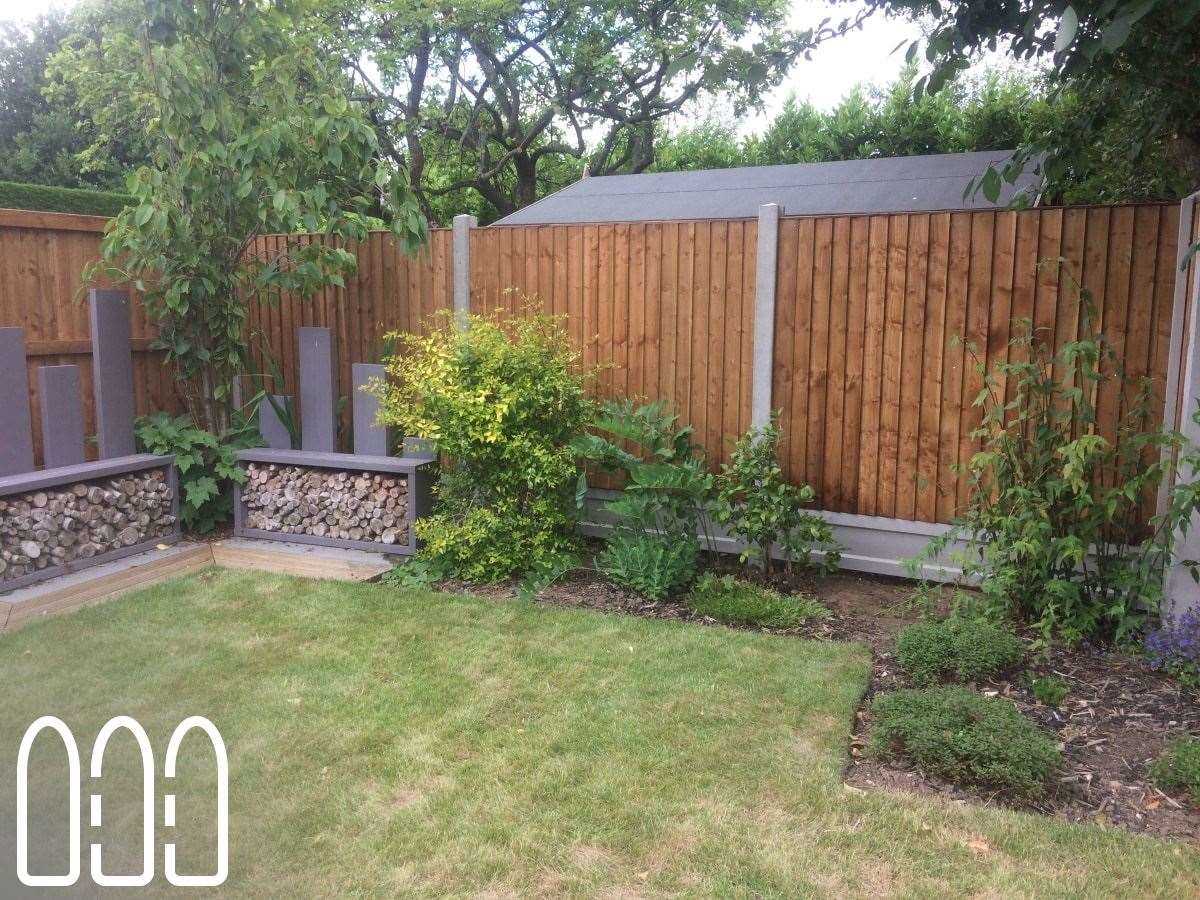
Wooden Posts and Panels
The standard no frills, low cost fence. Coupled with gravel boards which lift the panel off the ground and a regular coat of preservative they should be good to last 10-15 years.
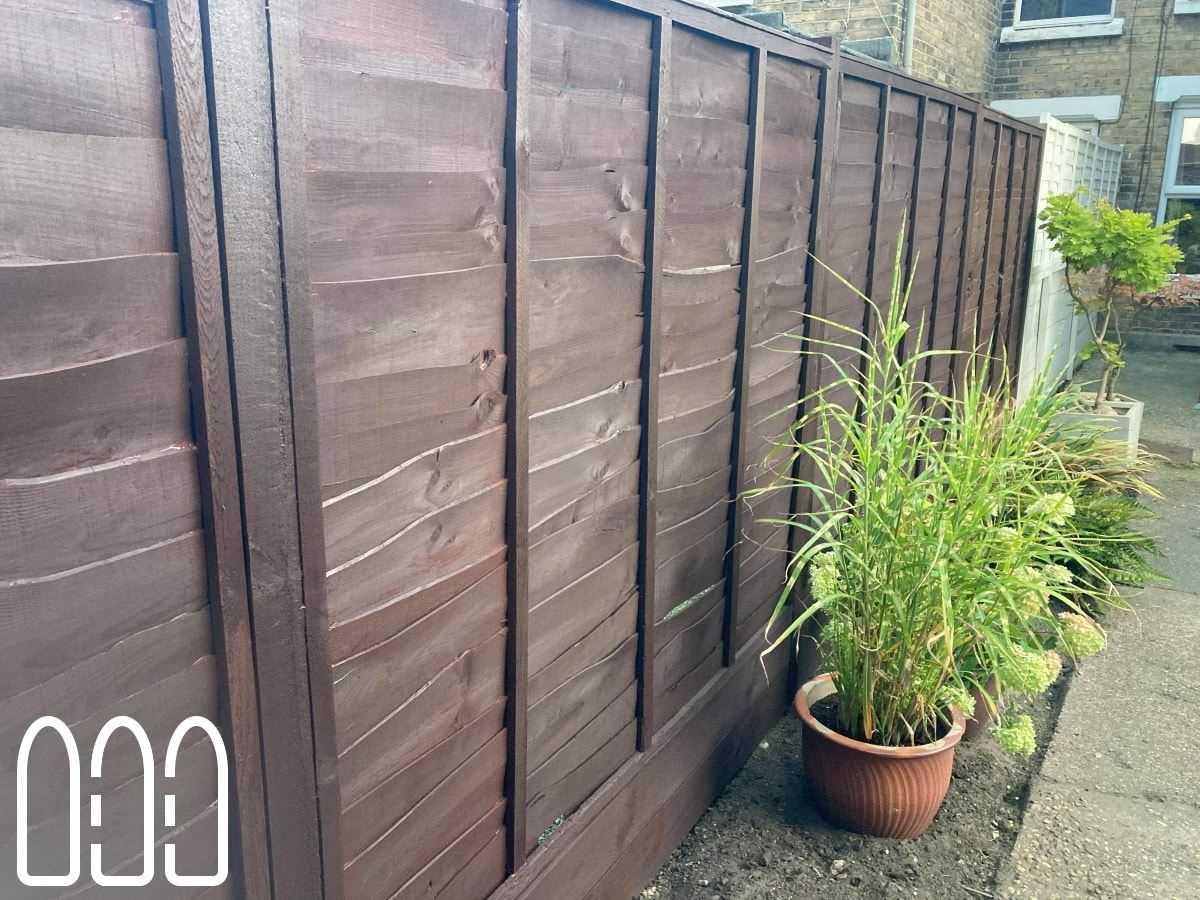
Picket Fencing
The archetypal garden fence.
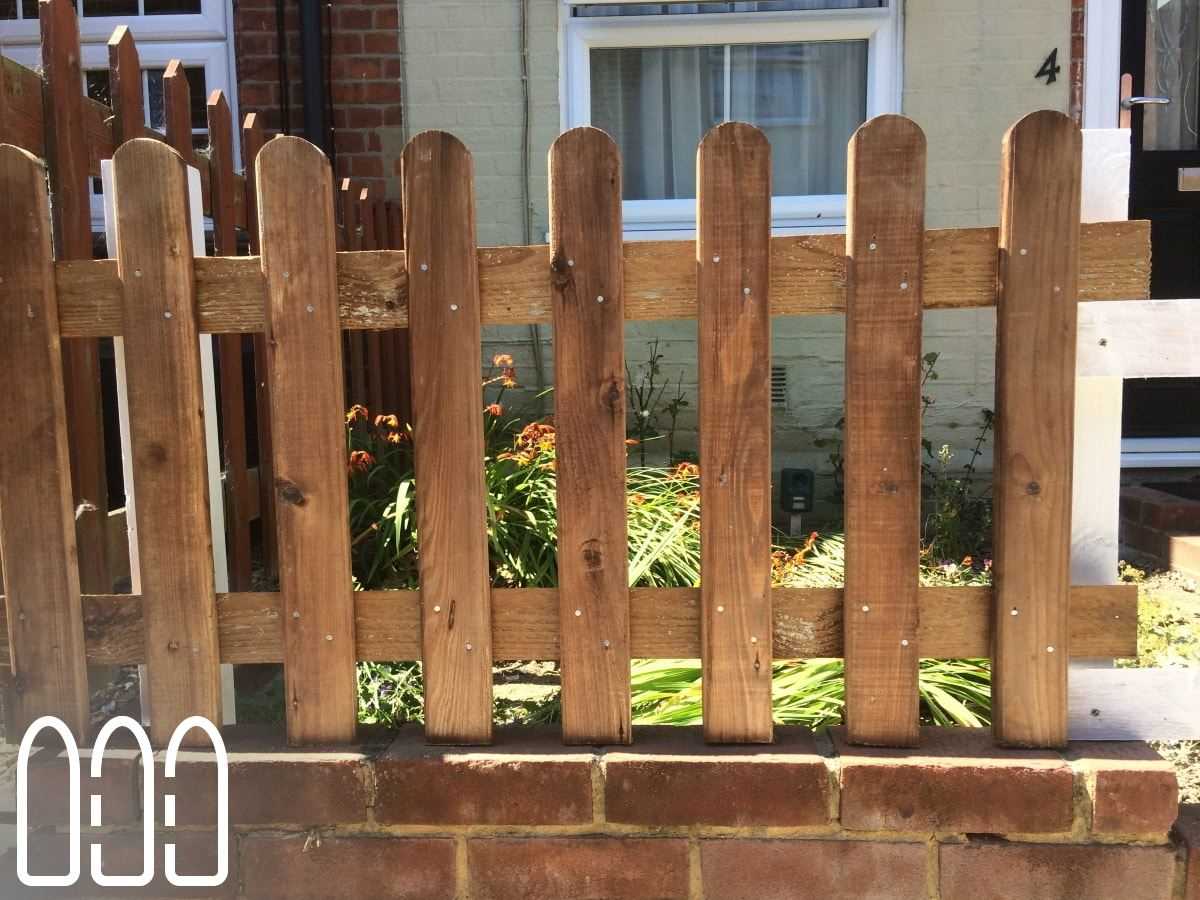
Running Feather Edge
Similar to the panels these are fixed to rails.
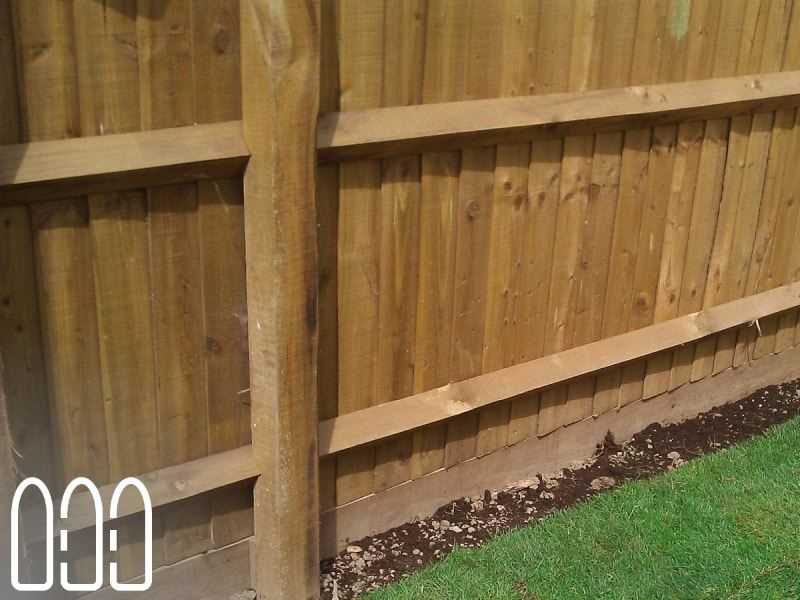
Hit and Miss Fencing Panels
Hit and Miss fencing is made up of vertical slats alteranting on either side of the rail. It doesn't create a solid panel and leaves gaps that can be seen through. It is a consideration especiallywhen used on a boundary because of privacy concerns. A modern looking panel.
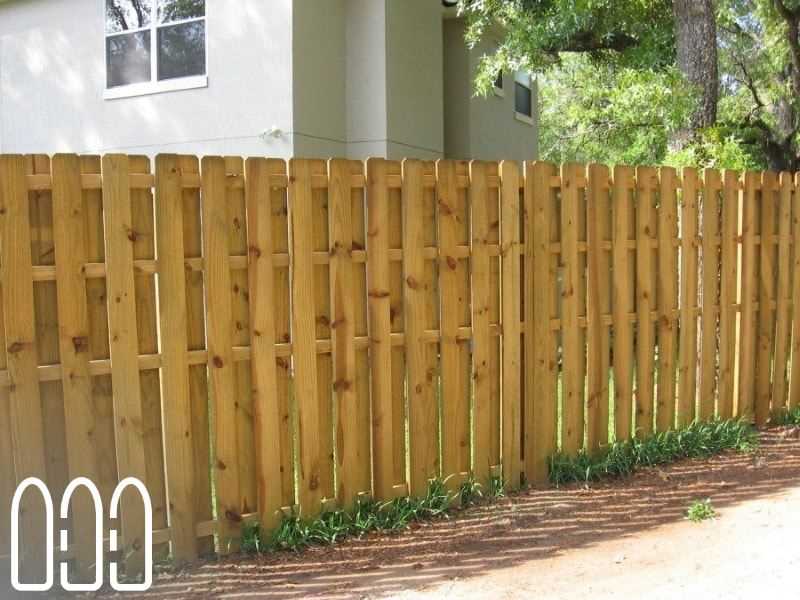
Animal Fencing
Designed to keep animals out/in. The primary features are a strong mesh, usually metal, that can withstand being chewed and to have the bottom of the fence dug in to the ground to prevent burrowing under the fence.
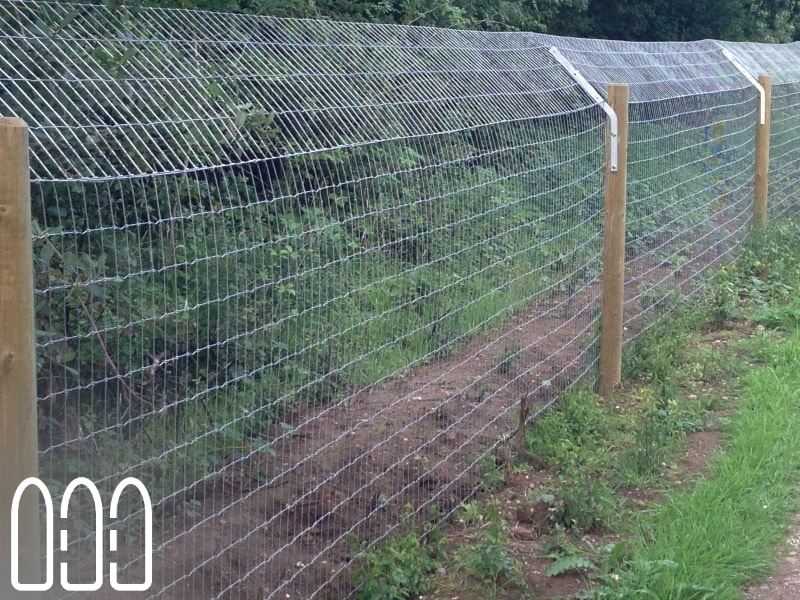
Post and Rail Fencing
One of the cheapest types of fence, it usually consists of a waist-high post and a couple of rails across them. It is great for larger areas like fields, paddocks and more agricultural needs.
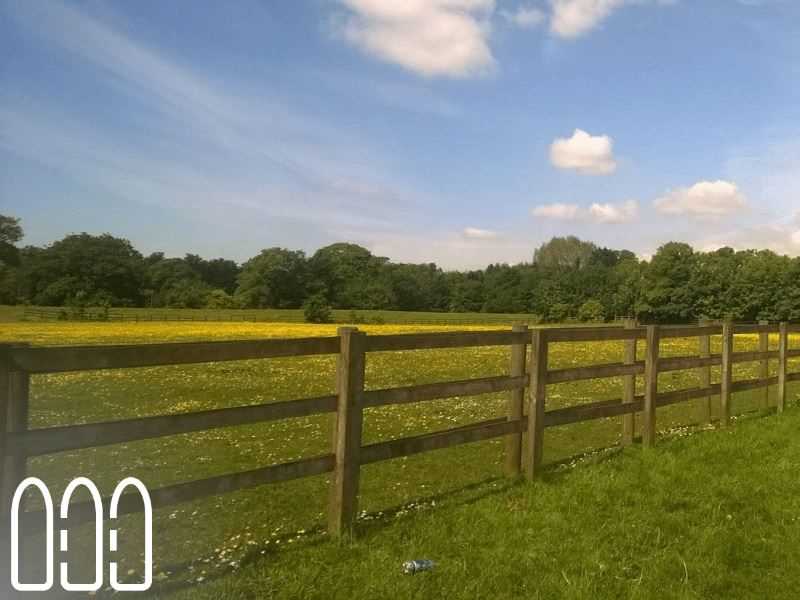
Post and Rope
A decorative boundary marking usually made up of wooden posts with a hole drilled through them horizontally to accomodate a large diameter rope through them.
